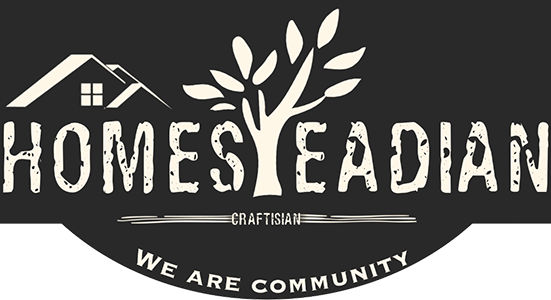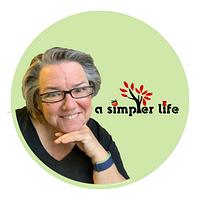Share your homesteading projects
Make new homesteading friends
Ask homesteading questions
Blog your homesteading journey

Marta @outbythedoor
1 post
and
3 followers
in over 2 years
in over 2 years
How to Start a Vegetable Garden on a Budget
Starting a vegetable garden is a great way to be more self-sufficient and grow your own organic food, and it doesn’t need to break the bank! Keep reading to find some practical tips to start your vegetable garden on a budget.
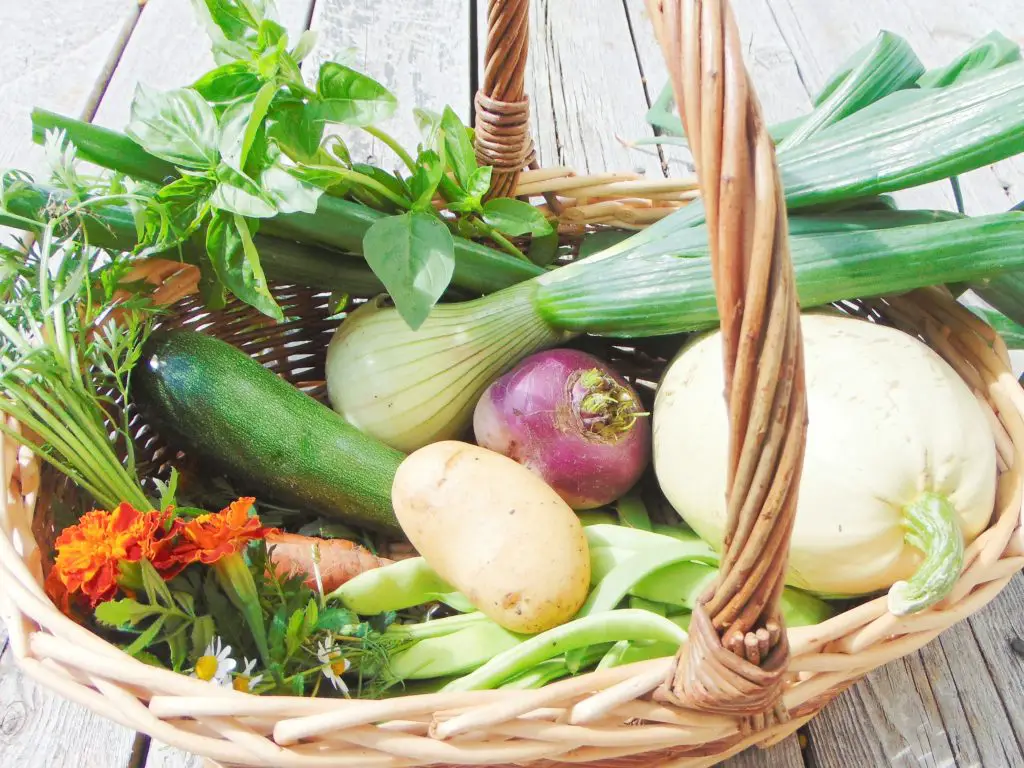
This post contains affiliate links, which means I make a small commission at no extra cost to you. See my full disclosure here.
Gardening is a great hobby and family-friendly activity. It’s a great way to stay healthy and improve your well-being by spending more time outdoors and increasing your levels of physical activity. But if you’re like me, the main reason to start your own vegetable garden is to become more self-sufficient, grow some of your own food, and have access to better quality, organic vegetables.
Starting a vegetable garden can be very expensive, especially nowadays as the price of everything is going up so much. In your journey to self-sufficiency, the last thing you want is the invest thousands of dollars to grow your own vegetables and spend a whole lot more than you would if buying good quality organic vegetables at the market!
So let’s dive in and find out some tips on how to start your vegetable garden on a budget.
1. HOW TO DESIGN YOUR GARDEN ON A BUDGET
Before you let your enthusiasm carry you out to buy a bunch of seeds and gardening supplies, you need to plan your garden according to your needs and space. When you’re on a strict budget, you need to plan carefully to avoid wasting resources.
- Decide where you want to grow your vegetables: options include in the ground, in raised beds, or in containers. Consider each option carefully. For example, if deciding to grow in the ground you’ll probably need to do some digging and might need some heavy equipment. If you opt for raised beds, you’ll need to set up the raised beds and fill them with soil. Containers can be a good option for small spaces (you can even place them on your patio), they can be practical, but they usually limit how much and what you can grow
- Make good use of your space: decide how many square feet you’re going to use for growing your vegetables and plan accordingly. If you have a limited space, grow crops that require less space (such as carrots and radishes), use the square foot gardening method, and/or use your space wisely for example by growing certain plants vertically. For instance, vining plants such as squash, cucumbers, melons, and beans can climb up trellises, poles or tripods and allows you to grow more vegetables in less square feet
- Plan what you want to grow wisely: plan what crops you’re going to grow according to your location, space availability, and (importantly) what you like to eat! Growing crops that you and your family don’t like and never eat just because they grow well in your area will be a waste of resources (unless you want to sell them). Make a list of the vegetables that your family consumes the most and the ones you would eat if you had available, and plan to grow those
- Start small: if you’re starting your very fist vegetable garden, start small and focus on a few square feet and a limited variety of crops that are not too difficult to grow. Gardening is a learning curve and it takes time to become successfull at growing vegetables in your specific location, climate, and soil
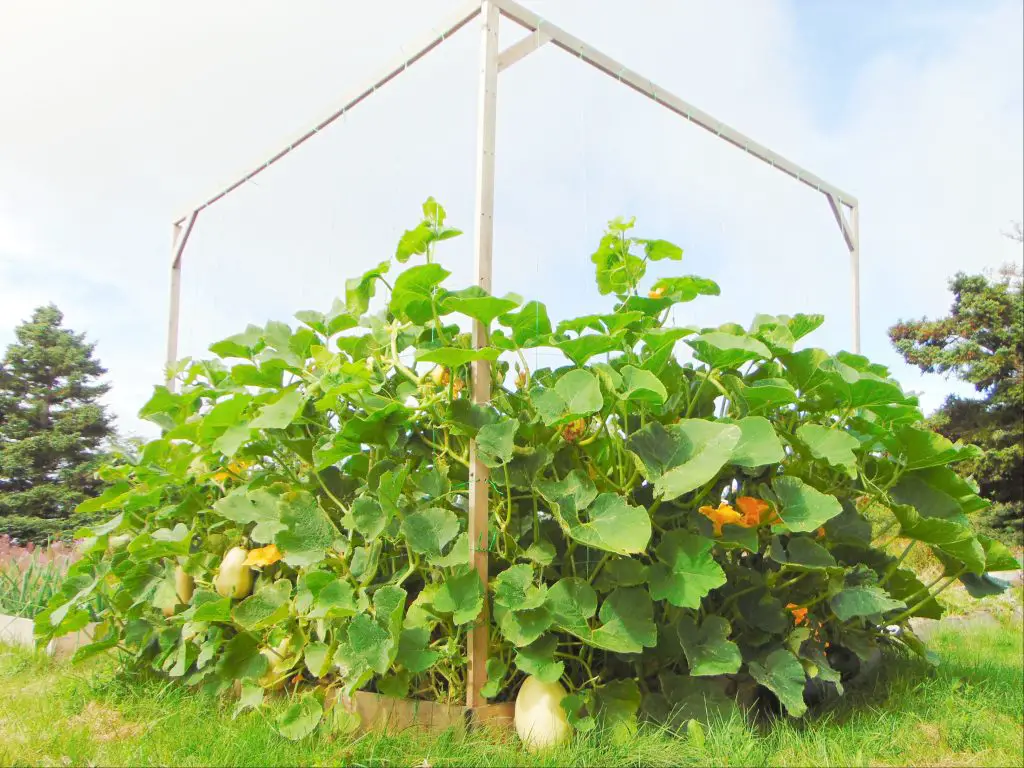
2. HOW TO SET UP YOUR GARDEN ON A BUDGET
Once you planned your garden, it’s time to gather all the materials and tools you need and set your growing space up. Some tips to build your garden space on a budget include:
- Build raised beds out of cheaper or repurposed materials: beautiful and long-lasting cedar raisebeds might be the ultimate gardener dream, but not so budget-friendly. More affordable options include building your raised bed out of cheaper wood* (such as natural pine), logs, rocks, or repurposed wood such as pallets. *Note: do not use chemically treated wood to build raised beds as it might leak toxins into the soil that end up in the vegetables you eat
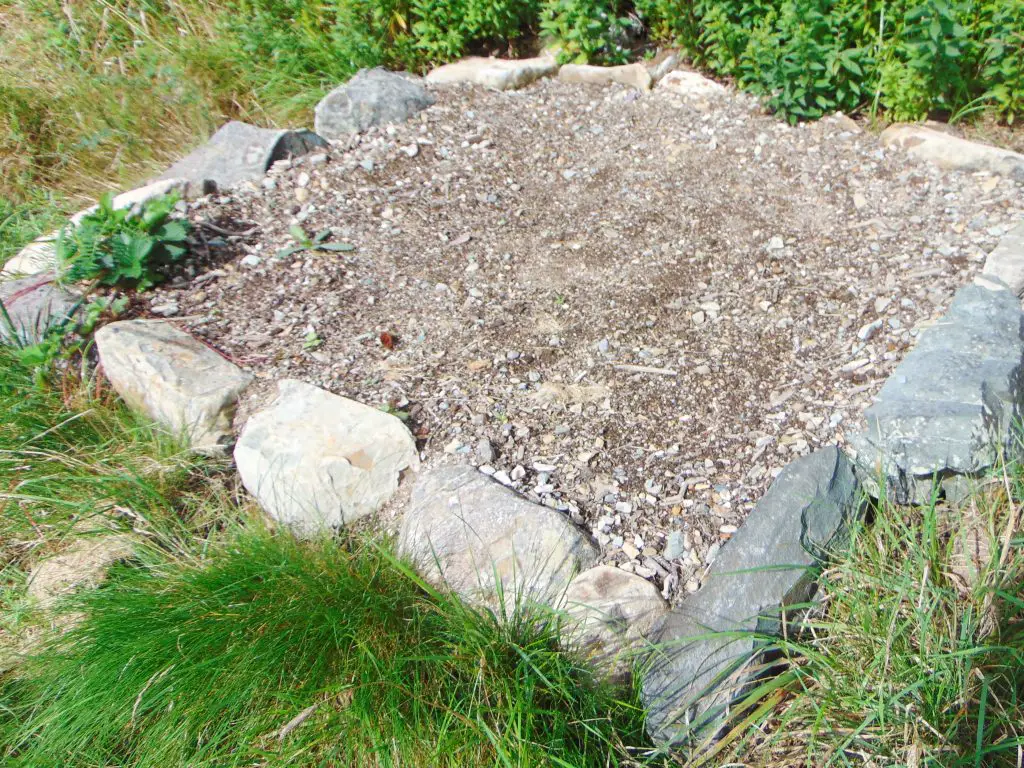
- Repurpose or upcycle containers: buckets, garbage buckets, fish pans, dresser drawers, or any container that is deep enough and can contain soil. Just rember to drill a few holes on the bottom for drainage! If you don’t have anything suitable already laying around your garage, you can ask around (people throw out stuff like that all the time), or even search on Markeplace to find some cheap containers
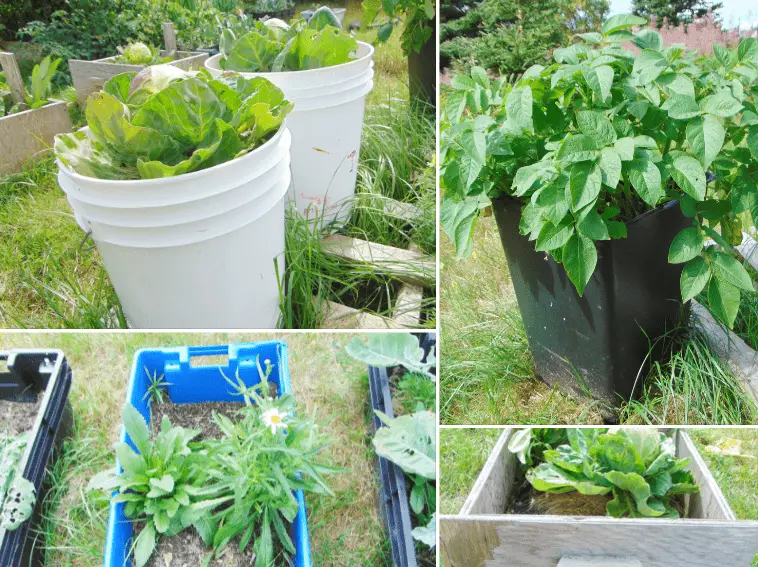
- Build your own soil: buying soil is one of the biggest expenses when starting a garden. When buying soil, find a local source and buy in bulk rather than buying bagged soil, unless you only want to fill a couple of containers. Calculate how much soil you’ll need to fill up your raised beds and containers (you can use this practical tool). A good option to save some money is buying topsoil and add your own compost (and sand for certain crops such as carrots) to build a good soil. You can also fill part of your raised beds and containers with organic materials so that you’ll need to buy less soil. For example, you can lay layers of cardboard at the bottom of your raised beds (this is necessary to prevent grass and weeds from growing), and then fill up a few inches with wood, leaves, hay, seaweed, unrotted compost or other organic materials you have around, adding a final few inches of soil on the top. These materials will decompose over time, also adding nutrients into your soil. You can also check out the lasagna gardening method or the straw bale gardening that don’t use any soil at all
- Buy only the necessary tools and buy them used when possible: you’ll need a few tools for gardening, but remember that you don’t need all the tools and you don’t need them to be fancy, especially if you’re just starting out! Try searching on Marketplace or thrift stores for used tools to save some money. Even though you’re on a budget though, resist the temptation to buy cheap tools from the dollar store, as they most of the times break after few uses and end up making you spend more in the end
3. HOW TO SOURCE YOUR PLANTS ON A BUDGET
Once spring comes and your garden is pretty much set up, it’s time to start thinking about sourcing your plants to grow. If you’re gardening on a budget, you want to avoid buying seedlings and established plants, as they are much more expensive, and start all your vegetables and flowers from seeds.
Depending on your location and climate, some seeds might need to be started indoors (plants like tomatoes, squash, and broccoli) to allow the plants enough time to grow and mature, whereas others (roots vegetables such as carrots, potatoes, beets, turnips) will need to be directly sowed in your garden when the weather is warm enough.
HOW TO SOURCE SEEDS ON A BUDGET
Before you go ahead and buy your seeds, always make sure you plan your garden and you have an idea of how many seeds you need. This way you make sure you have enough but not too many, so that you don’t waste any money. As a rule of thumb, buy about double (or triple for very small seeds like carrots) the seeds as the plants you’re planning to grow.
- Save your own seeds: if you’re already growing crops, you can save your own seeds and use them the following season (check this seed saving encyclopedia out). You can also save seeds from fruits you purchase. In this case, though, it’s preferable to only use seeds from produce that is grown organically and in your local area, so that you can be sure the crop will grow well in your climate
- Buy your seeds online: whereas you can buy seeds at your local garden center or hardware store, buying seeds online is not only more economical but allows you to source better quality, organic, heirloom seeds, and find lesser-known varieties of plants you can grow. I buy my seeds from West Coast Seeds (in Canada), but some other popular choices include Baker Creek Heirloom Seeds Co. and Hudson Valley Seed Co.
HOW TO START SEEDS INDOORS ON A BUDGET
When starting seeds indoors, there are many gadgets you might be tempted to buy. From seeding trays, starting mix, heating mats, growing lights, or even big grow tents or greenhouses. Whereas these items might make your life easier and might be worth the investment especially if you’re planning to start many seeds, they’re not strictly necessary if you have a limited budget. Let’s explore some budget-friendly alternatives!
- Avoid special seedling trays: instead, repurpose containers you already have around. I personally love using egg cartons, but you can use any small container you have around (such as yogurt cups) or bigger trays for multiple seeds. Just make sure you make holes in the bottom for drainage! Some people even use egg shells or toilet paper rolls, anything will work!
- Ditch the heating mats: some seeds require a costant, warm temperature in order to germinate. Heating mats serve the purpose, but they can be quite pricy. If you’re on a budget, you can make your own closet grow tent by placing a space heater in a closet where your seeds can stay warm until they germinate (make sure you set it up safely to avoid any fire hazard!). You can also just placing your seeds in a warmer location such as near a heater or on top of the fridge
- Use windows instead of growing lights: if you have south or west facing windows in your house where your seedlings can get at least 6 hours of sunlight a day, you can avoid growing lights. To maximize your light situation you can also move your seedlings from a west-facing window in the morning to a south-facing window in the afternoon. Having a couple of growing lights around can be helpful to supplement natural light and ensure that your seedlings grow properly. Budget-friendly options include grow light bulbs that you can place into any socket you have around or some unexpensive growing lamps such as this one
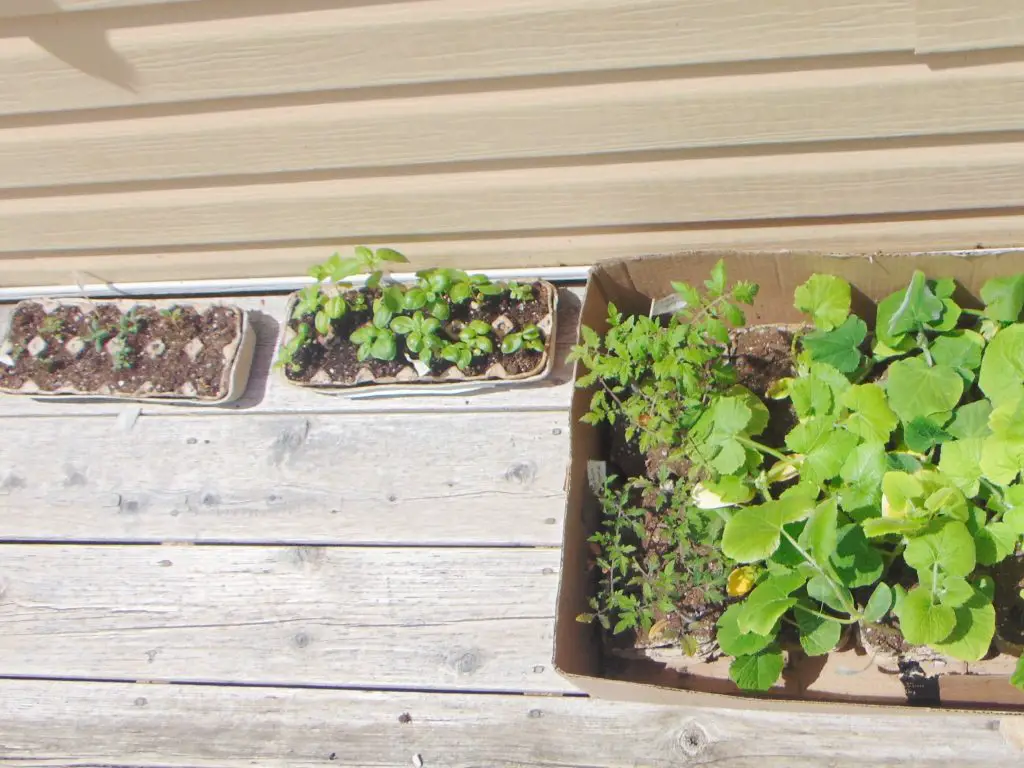
4. HOW TO FERTILIZE ON A BUDGET
Once your plants are established and out in the garden, they need nutrients, together with water and sun, to grow properly. Buying fertilizers can be quite an investment, but there are some cheaper or free options:
- Make and use your own compost: compost is one of the best options when it comes to providing nutrients to plants. Build your own compost out of kitchen scraps and backyard waste (find a composting guide here). Use your compost to enrich your soil before planting, but also to feed your plants during the growing season, or make compost tea
- Use natural fertilizers: enrich your soil with composted manure, leaves, grass clippings, seaweed, coffee grounds, eggshells, banana peels that release nutrients and help your plants grow. As natural fertilizers, you can use fish and bone meal (that you can make from fish scraps and bones or buy), epsom salt, compost or kelp (seaweed) tea (my personal favorite!)
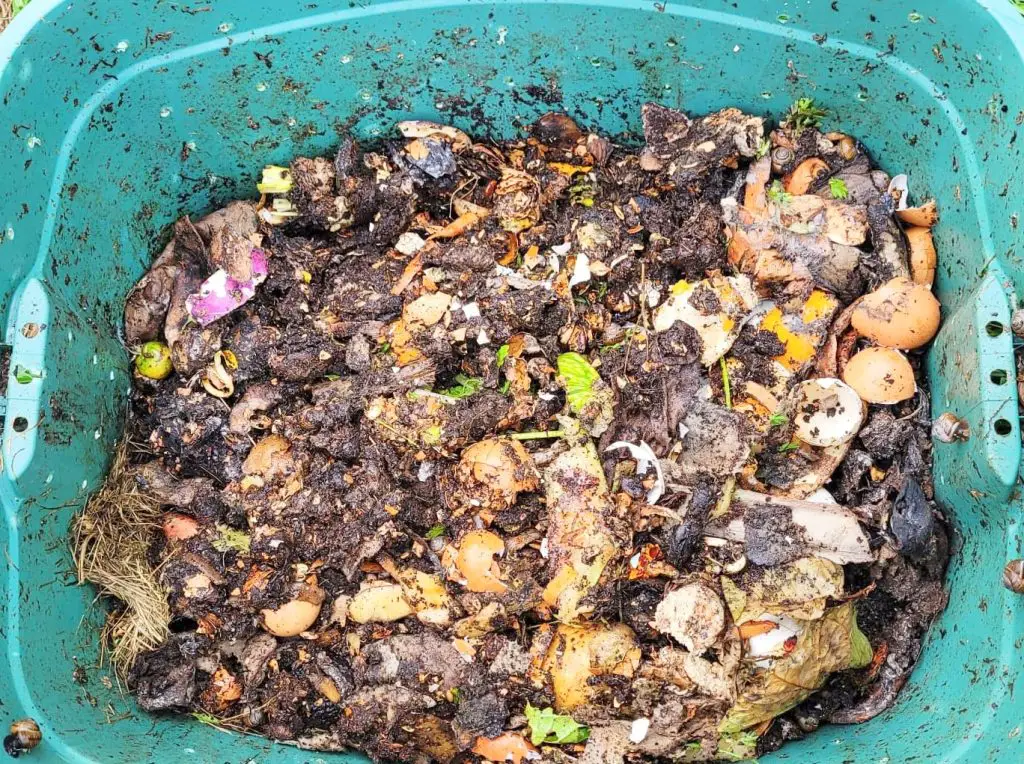
So to sum up this long post, gardening on a budget is about planning carefully, using what you have around, repurposing, and making good use of your resources. With these simple tips you’ll be able to set up a productive garden that feeds you and your family without spending a fortune.
SHOP THIS POST
PIN IT FOR LATER
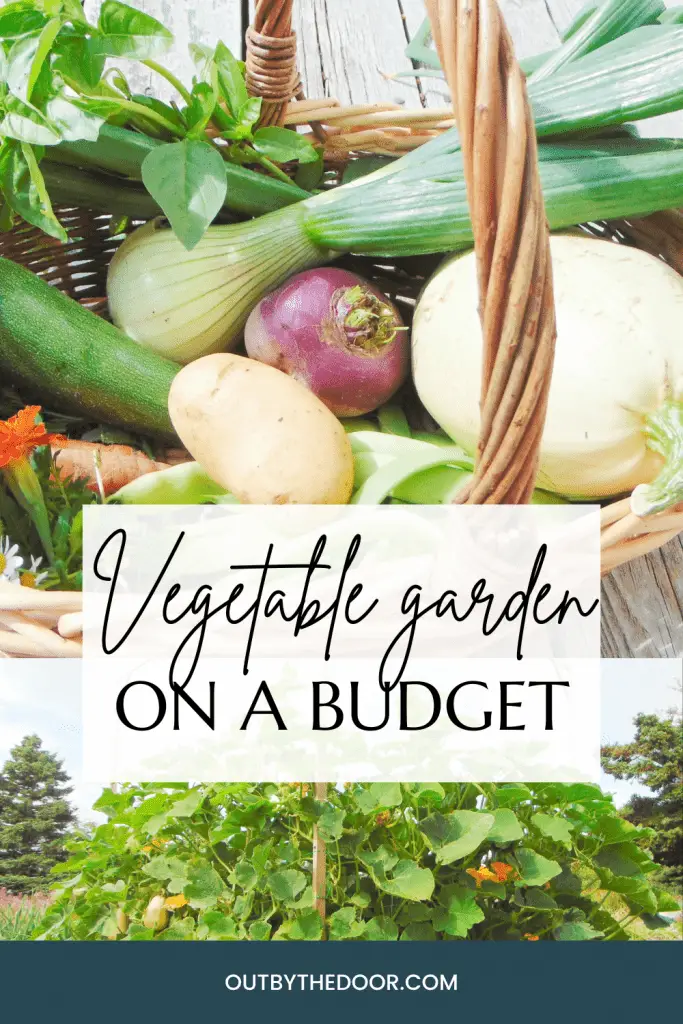
Marta Miatta
1 Comment
Wow !!!
What a wealth of information about starting a garden in this one little post.
Thank you so much for sharing your knowledge and experience about keeping it cost-efficient.
When buying seeds for the garden, it is so easy to get excited and inspired and want to buy everything that catches your eye. (Guilty!!)
What a wealth of information about starting a garden in this one little post.
Thank you so much for sharing your knowledge and experience about keeping it cost-efficient.
When buying seeds for the garden, it is so easy to get excited and inspired and want to buy everything that catches your eye. (Guilty!!)
a simpler life
